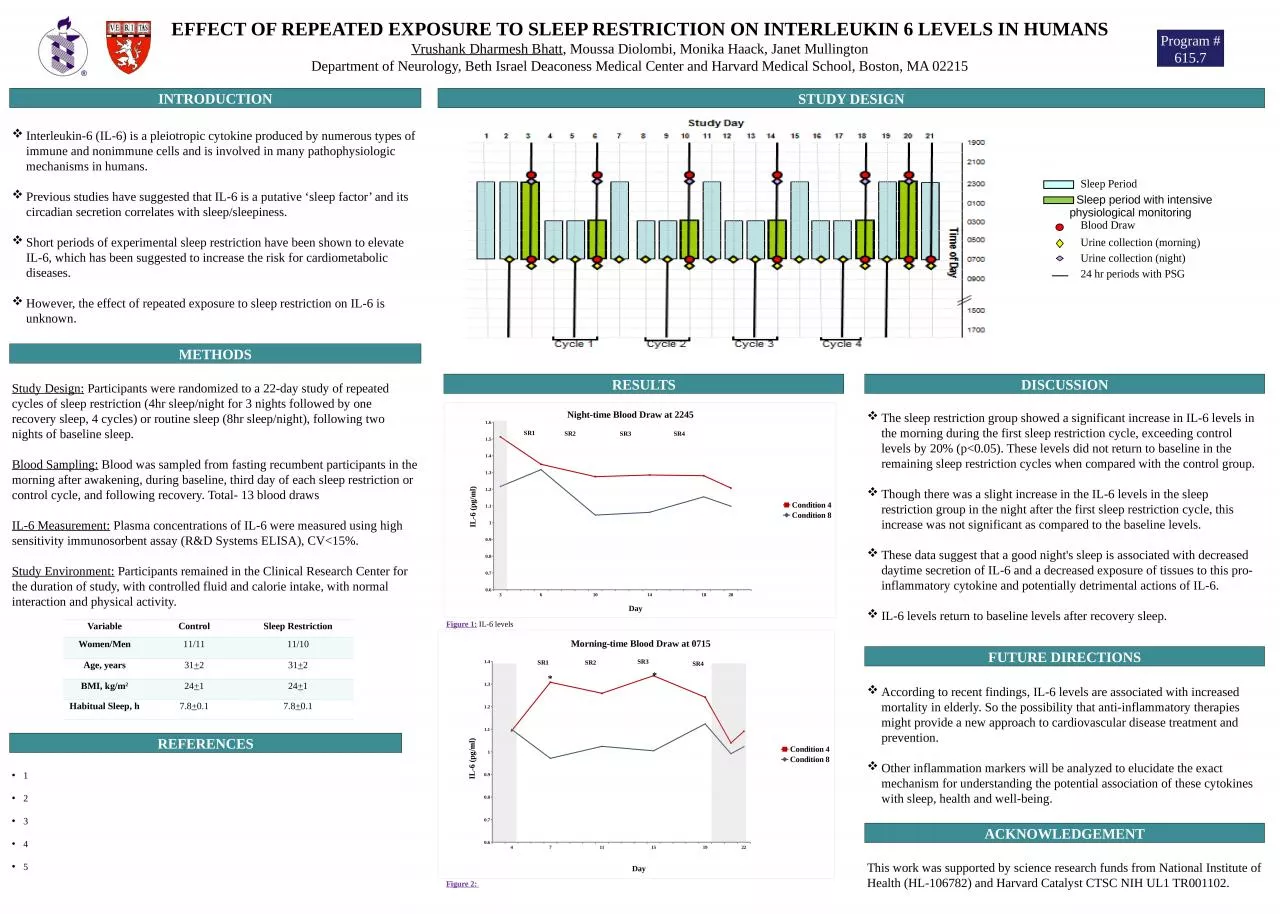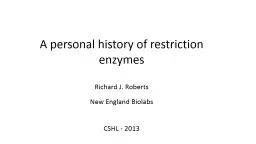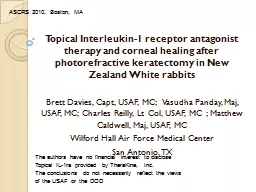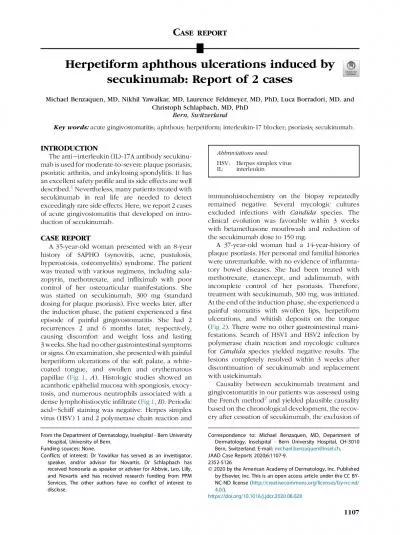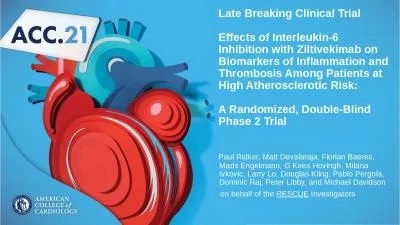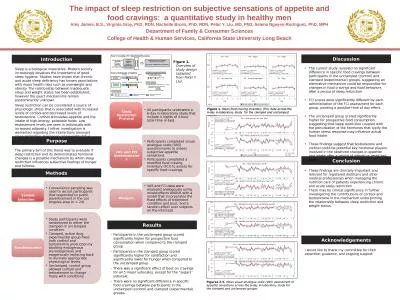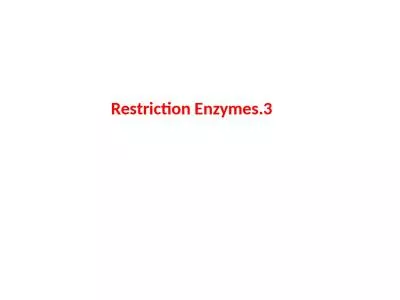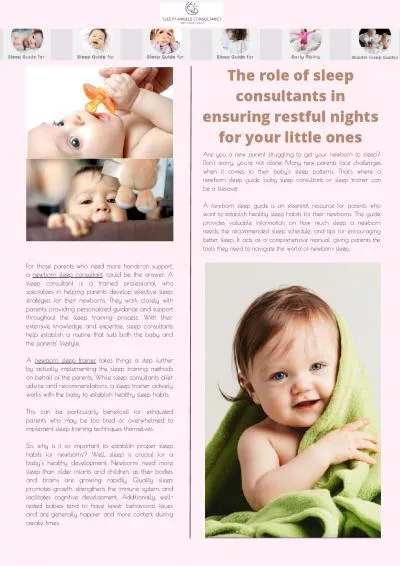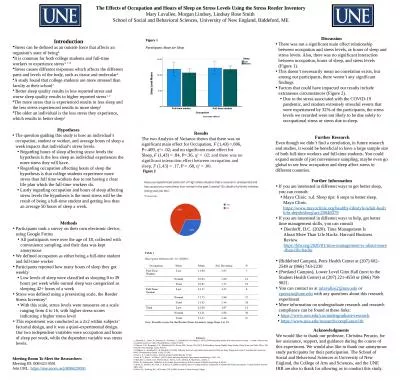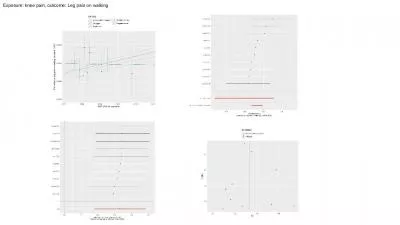PPT-EFFECT OF REPEATED EXPOSURE TO SLEEP RESTRICTION ON INTERLEUKIN 6 LEVELS IN HUMANS
Author : clara | Published Date : 2023-07-27
Vrushank Dharmesh Bhatt Moussa Diolombi Monika Haack Janet Mullington Department of Neurology Beth Israel Deaconess Medical Center and Harvard Medical School
Presentation Embed Code
Download Presentation
Download Presentation The PPT/PDF document "EFFECT OF REPEATED EXPOSURE TO SLEEP RES..." is the property of its rightful owner. Permission is granted to download and print the materials on this website for personal, non-commercial use only, and to display it on your personal computer provided you do not modify the materials and that you retain all copyright notices contained in the materials. By downloading content from our website, you accept the terms of this agreement.
EFFECT OF REPEATED EXPOSURE TO SLEEP RESTRICTION ON INTERLEUKIN 6 LEVELS IN HUMANS: Transcript
Download Rules Of Document
"EFFECT OF REPEATED EXPOSURE TO SLEEP RESTRICTION ON INTERLEUKIN 6 LEVELS IN HUMANS"The content belongs to its owner. You may download and print it for personal use, without modification, and keep all copyright notices. By downloading, you agree to these terms.
Related Documents

